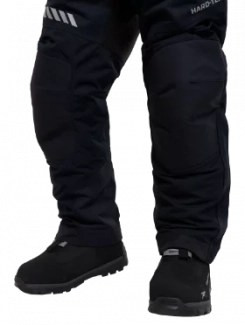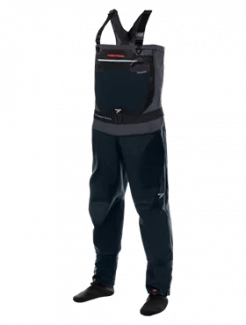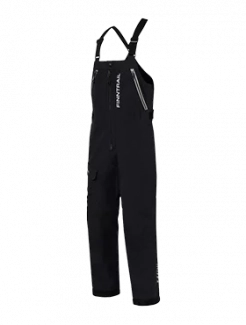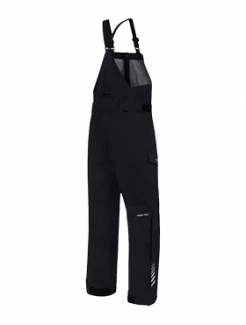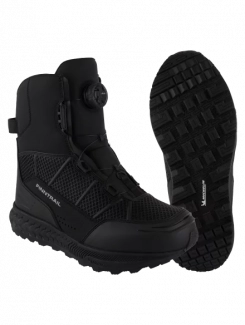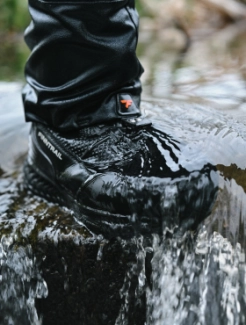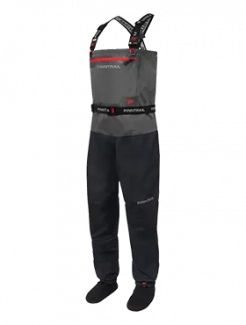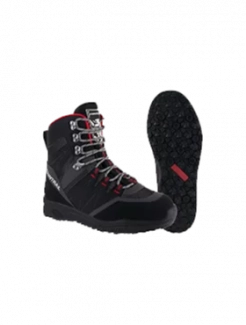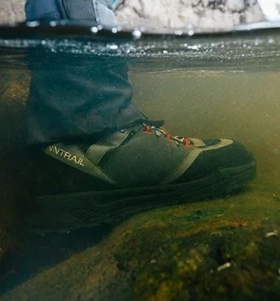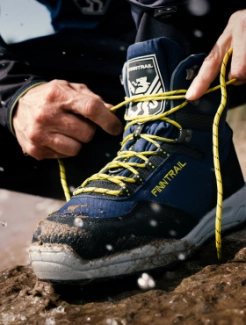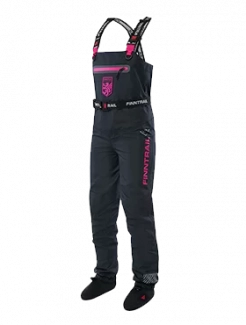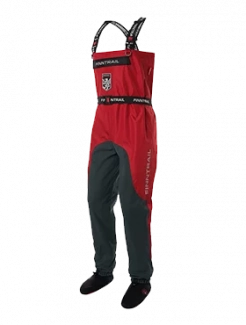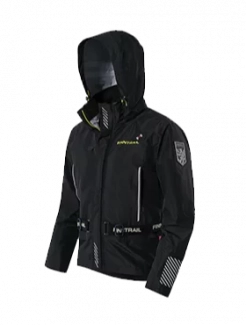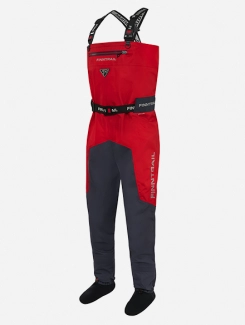How to Replace A Head Gasket On An ATV
Head gasket failure is one of the most dreaded ATV repairs, and sadly, it’s a common one too. It renders your vehicle inoperable, so you have to do something about it, and the price tag on replacement is terrifying. Read this post on how to replace a head gasket on ATVs to determine if you can DIY and save yourself some money.
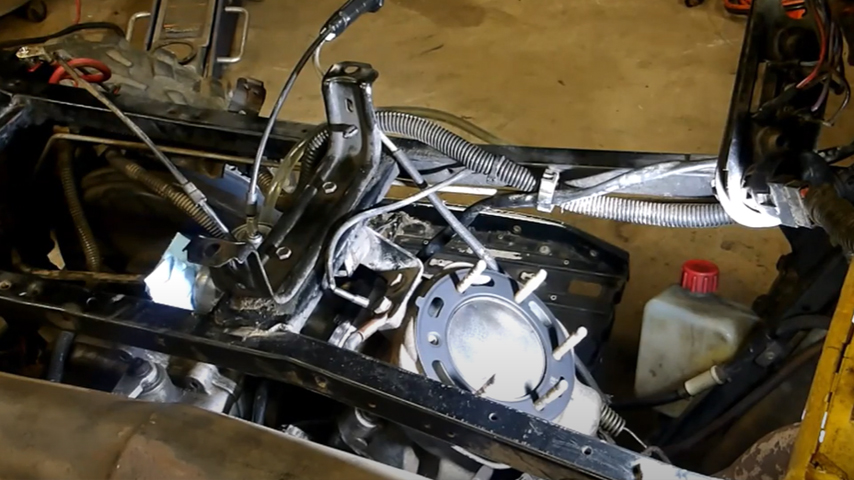
Understanding The ATV Head Gasket
Head gaskets sit between the cylinder head and the engine block and have the unenviable task of making sure all of the oil, coolant, and compression in the engine stays where it should. Most gaskets only seal one substance, but not the head gasket. As you might imagine from where it’s located, it takes a beating too from all of that heat, friction, and pressure.
ATV Head Gasket Replacement Cost
The part, the head gasket itself, costs about $780. That’s not cheap, but it’s not terrifying. The labor is missing in the how much to replace head gasket on ATV equation. Mechanics have to scrape every bit of the head gasket off of the cylinder head and engine block and do it carefully enough that they don’t damage either part. Then they have to very carefully install the new head gasket. If it’s not done correctly, you’ll be returning very quickly to have another head gasket replacement. That time-consuming and precise work costs on average $1,600-$1,900 dollars.
Causes of a Blown Head Gasket
Overheating is the most common reason for head gasket failure. When the engine gets overly hot, it expands and crushes the head gasket and its seals.
Sometimes head gaskets can blow over time from the friction, vibrations, and detonations inherent in their work. Other head gaskets are just bad quality and can’t take the pressure.
Blown Head Gasket Symptoms
You may have a blown head gasket if you notice any of the following:
- Overheating (bad gaskets can be caused by and cause overheating)
- That sweet smell of coolant
- Low coolant levels
- White exhaust
- Blue exhaust
- Bubbles in the coolant
- Power reduction
- Starting, idling, or accelerating issues
- Misfiring
- Oil with a milky look (where coolant mixed in with it)
- Visible leaks
Other issues can cause many of these symptoms, so you want to make sure it’s your head gasket before you go looking into 4 wheeler head gasket replacement.
A combustion test will tell you if your head gasket failed over one of its compression seals. It won’t prove to you that your head gasket is fine, because it could have failed somewhere else, but it will prove if it has failed in this area.
Visible leaks or faults can prove that your head gasket has blown.
If you’re still unsure, start ruling out other causes of these symptoms such as a coolant leak.
How to Replace Head Gasket on Four Wheeler
You’ll need:
- A repair manual for your exact quad model
- Combination wrench set
- Ratchet and socket set
- A torque wrench
- A gasket scraper
- A new gasket
- Gasket dressing
Remove obstructions
You’ll have to get certain parts out of your way to access your head gasket. The exact parts will vary depending on your model.
Make sure to drain the coolant if you have a liquid-cooled engine.
Remove the cylinder head
The cylinder head is attached with bolts. Loosen those, and lift the cylinder head. It will usually remove some of the head gasket for you. A fair amount of head gasket will still be stuck to the cylinder head and engine block, and you have to remove all of it with the gasket scraper. Be very careful not to damage either part while scraping, or the new head gasket may not attach correctly. You also have to make sure that no gasket bits end up in the cylinder head or engine.
If you have two head gaskets, it’s advisable to replace both gaskets at the same time. If one is bad, the other will probably soon follow, and it’s better on your machine to change it now than wait for it to blow. You also won’t have to remove all these parts again.
Install the new gasket
Determine the proper positioning of the gasket. A poorly aligned gasket is as worthless as a blown one. Once you’ve done that, apply a thin layer of gasket dressing to the new gasket. You want just enough because too much can clog the chambers the gasket covers. Next, position the gasket on the engine block where you just scraped the old one off.
The gasket should lay flat on the engine block with no bulges, bends, or gaps.
Put the cylinder head back in place, and tighten it to the correct torque as specified in your repair manual.
The final steps
Replace the parts you removed, and refill the coolant tank.
Run the engine a few minutes to test for fluid or vacuum leaks. If it passes the test, continue running the engine for 20 more minutes to let the gasket and dressing settle.
Hard to find gaskets
Some models have gaskets that are very hard to find. If you can’t find a gasket for your machine, it is possible for you to make your own from blank gaskets made for this purpose.
Can You Replace a Blown Head Gasket?
To determine if you can DIY ATV head gasket replacement, you need to figure out first if you can be precise enough to remove the old gasket and correctly install the new one. Then see if your model requires you to remove the chassis to get to the cylinder head, and if you are able to do this. If you pass both of those requirements, go forth and save a lot of money!



